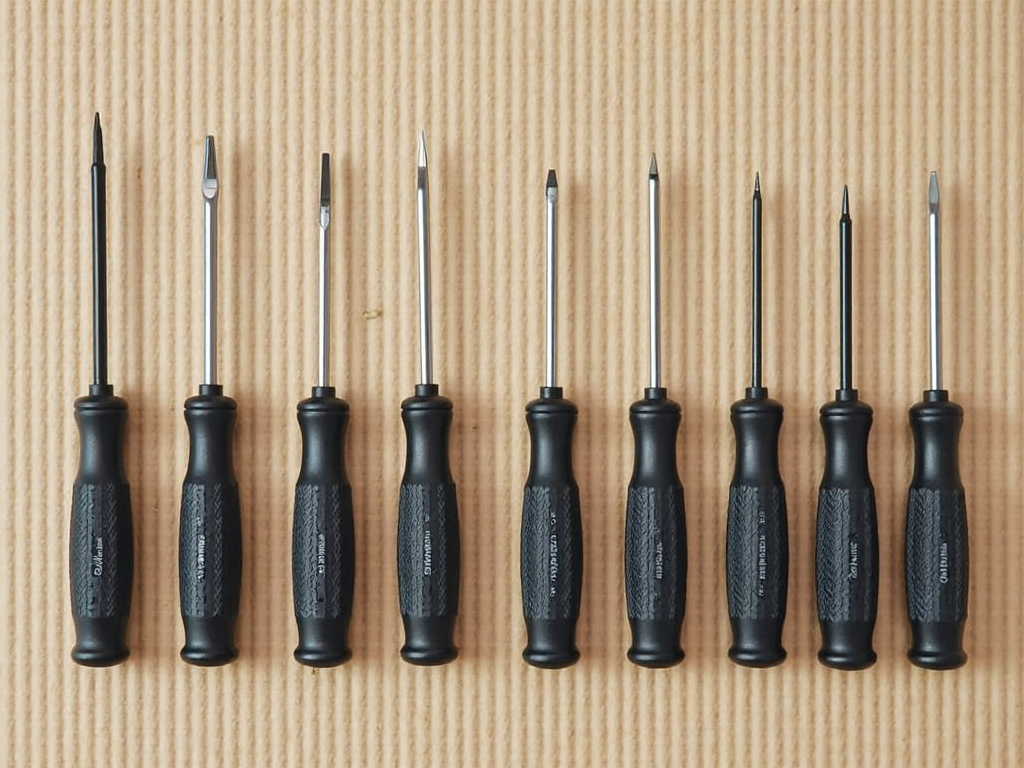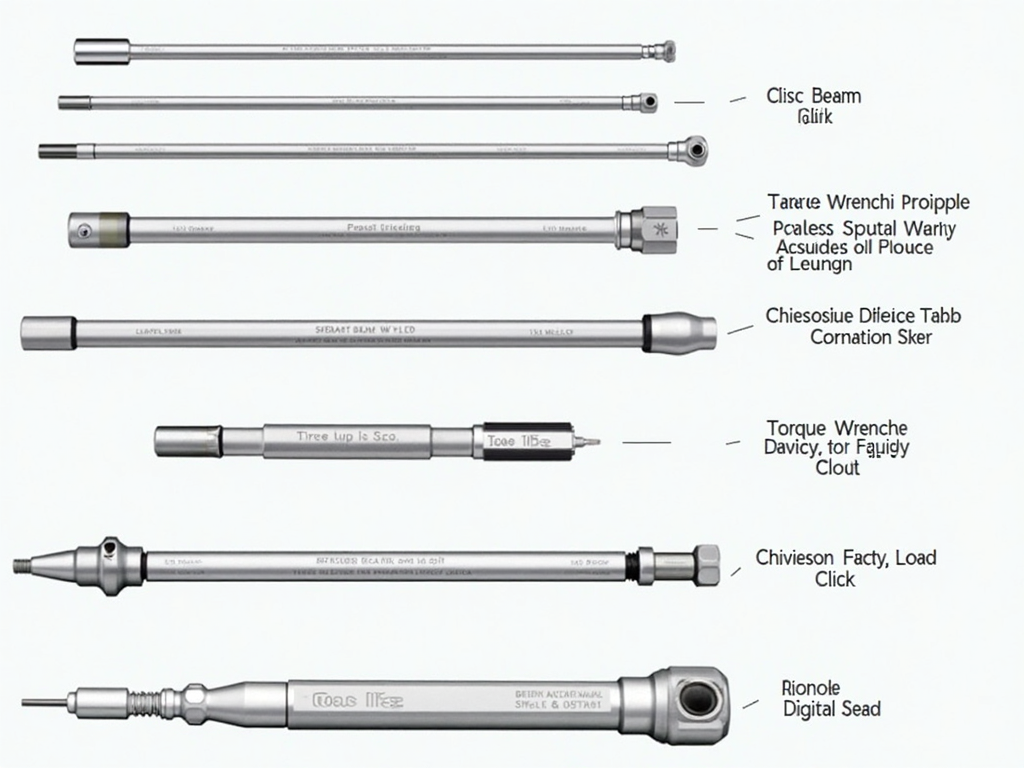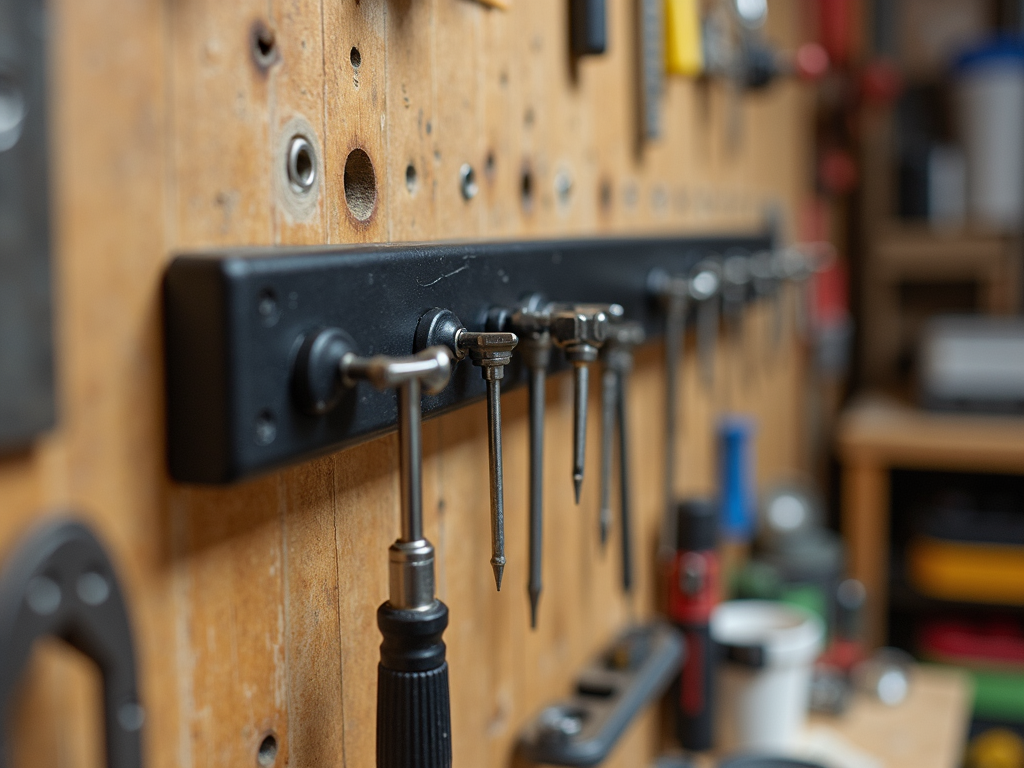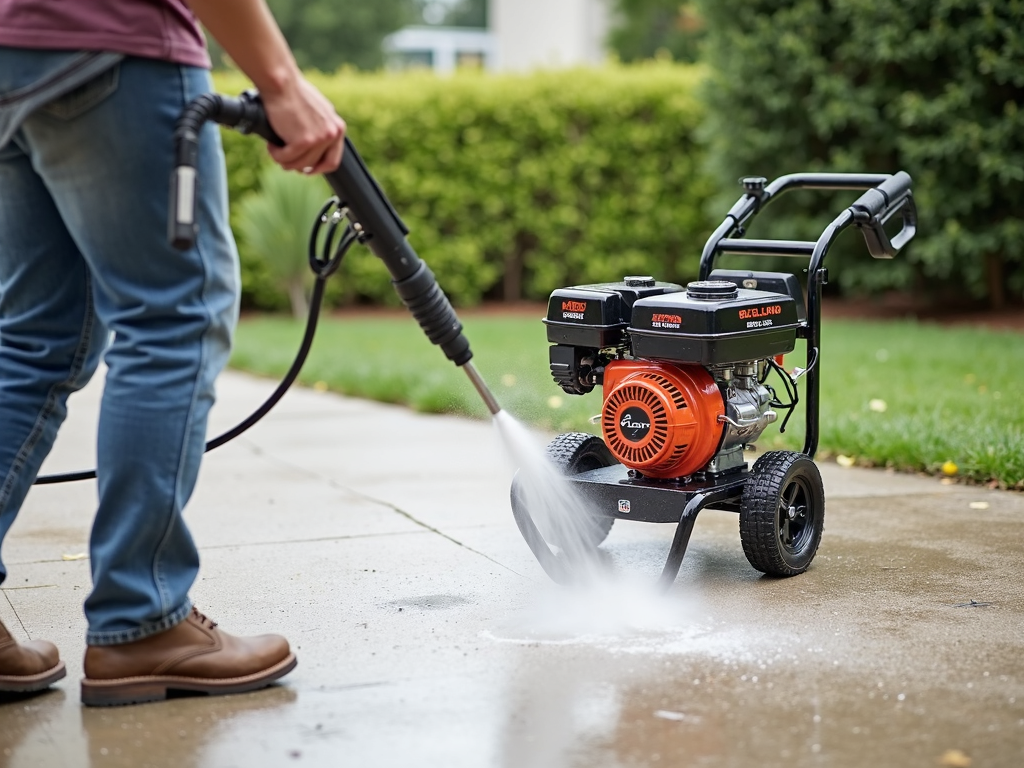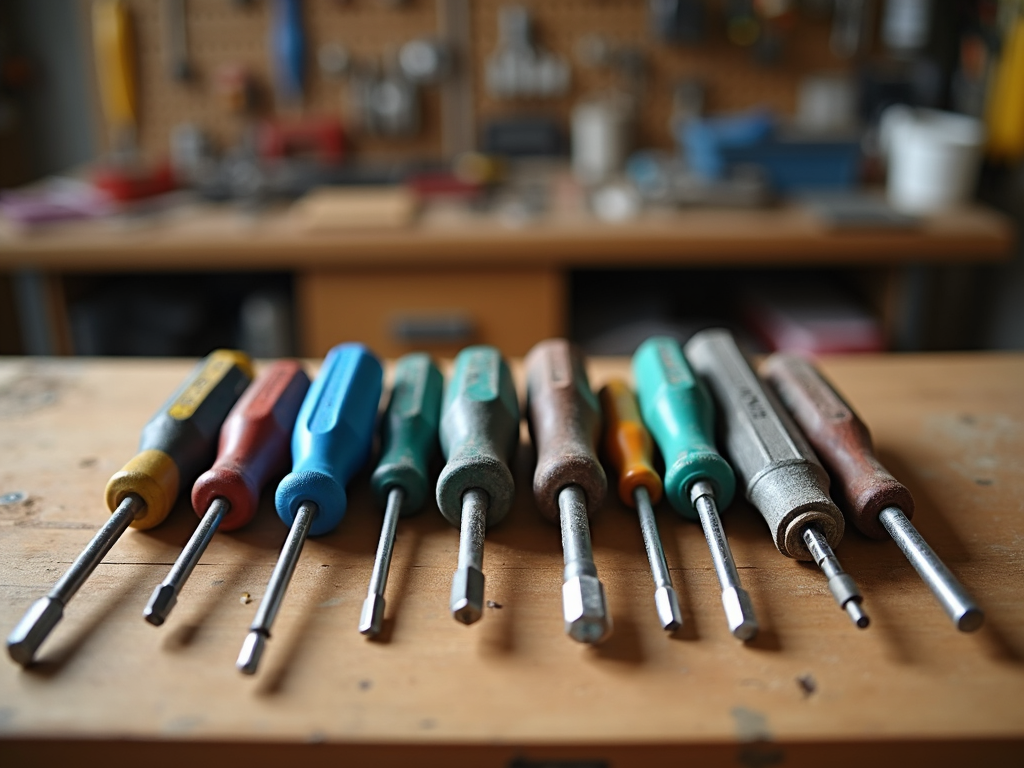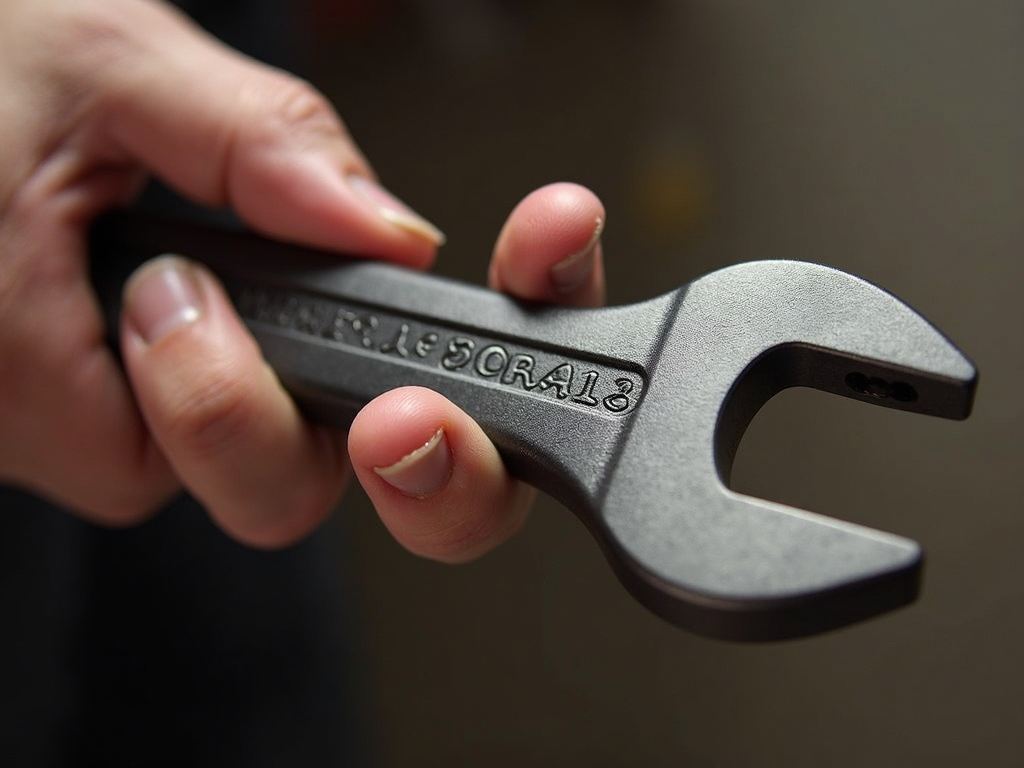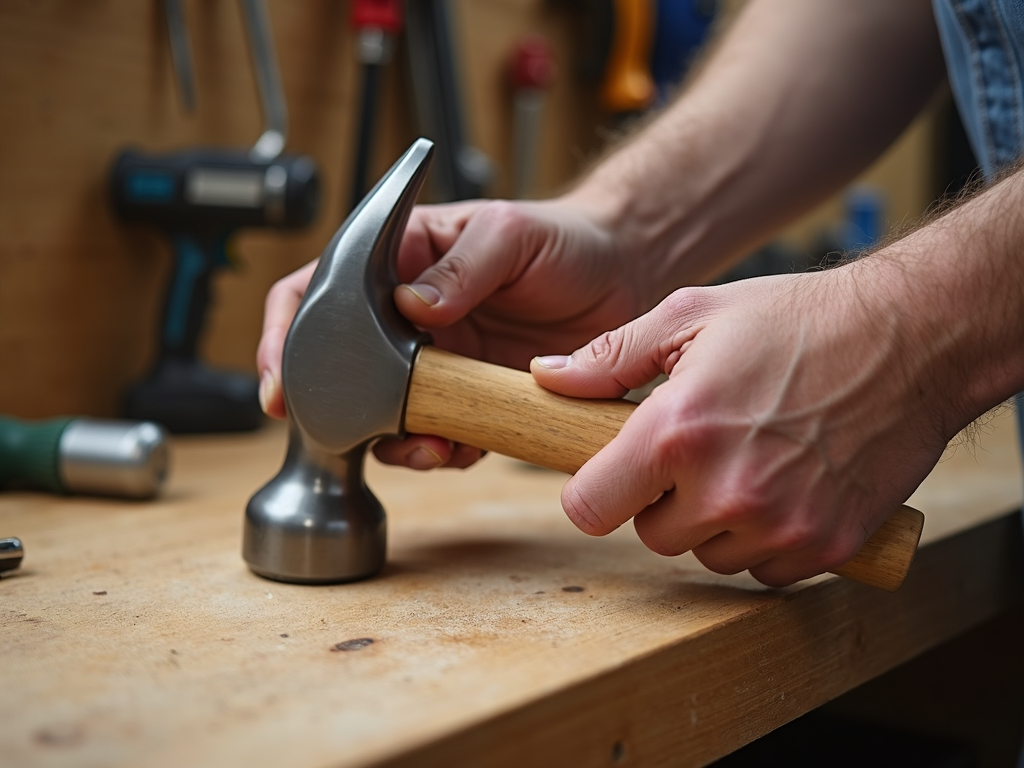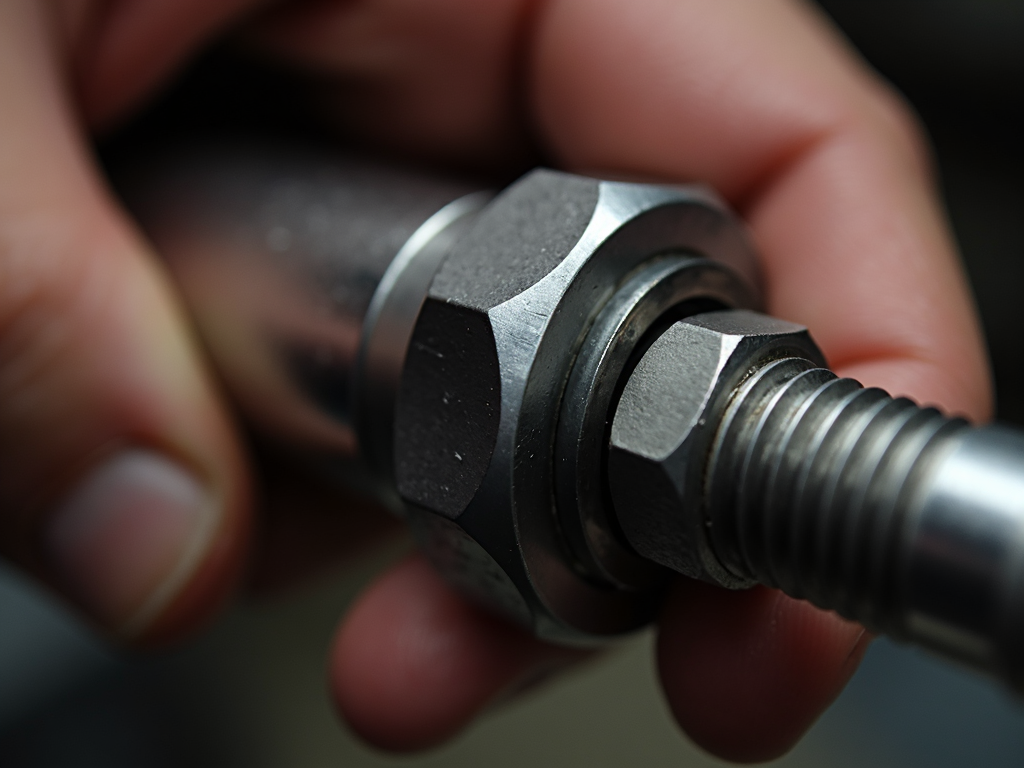Choosing the perfect table saw can feel overwhelming, especially if you're new to woodworking or power tools. This guide simplifies the process, helping you find the right table saw for your home workshop. We'll explore types, features, safety, and tips to match your needs and budget.
Why a Table Saw Matters in Your Workshop
A table saw is a must-have for anyone serious about woodworking. It cuts wood precisely and quickly, whether you're building furniture or crafting small projects. I remember my first table saw—it transformed my hobby into something more. But picking the right one is key for safety and success.
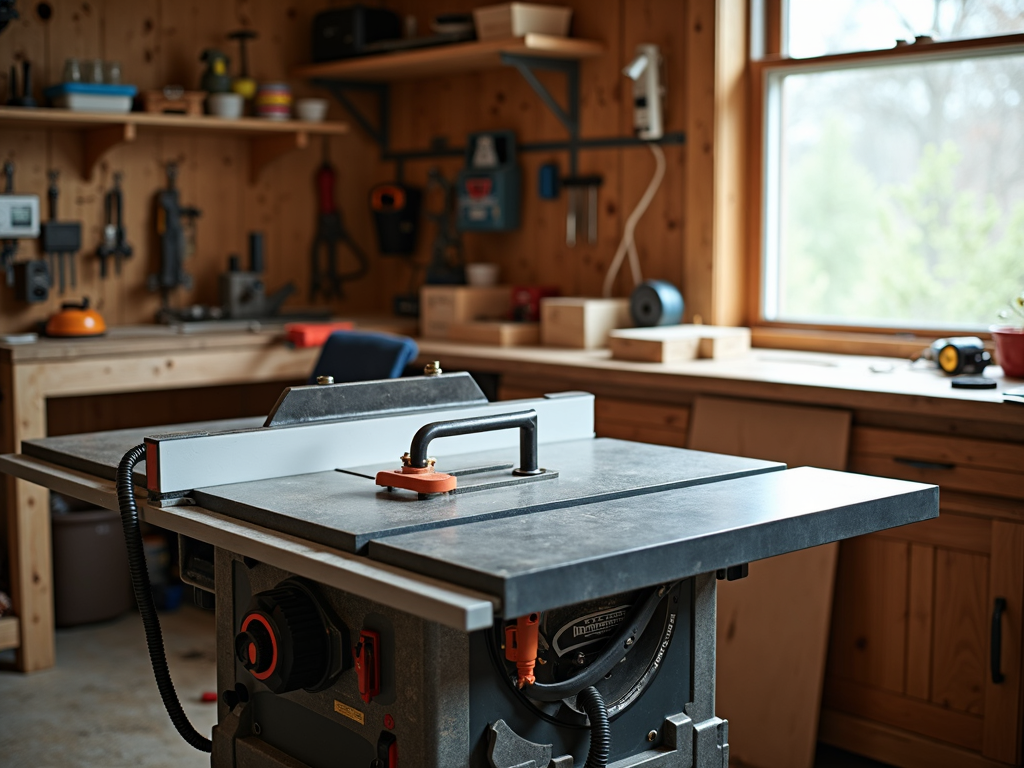
Types of Table Saws: What’s the Difference?
Table saws come in three main types: benchtop, contractor, and cabinet. Each suits different needs, so let’s break them down.
Benchtop Table Saws
Benchtop saws are small, light, and budget-friendly. They’re easy to move, which I loved when I started in a tiny garage. But their smaller tables and weaker motors struggle with big or tough wood.
Contractor Table Saws
Contractor saws offer more power and larger tables. They’re great for hobbyists who want to tackle bigger projects. I upgraded to one after my first year—it handled everything I threw at it.
Cabinet Table Saws
Cabinet saws are the pros’ choice. They’re big, powerful, and built to last. I’ve seen them in action at a friend’s shop—perfect for heavy-duty work, but they need space and a bigger budget.
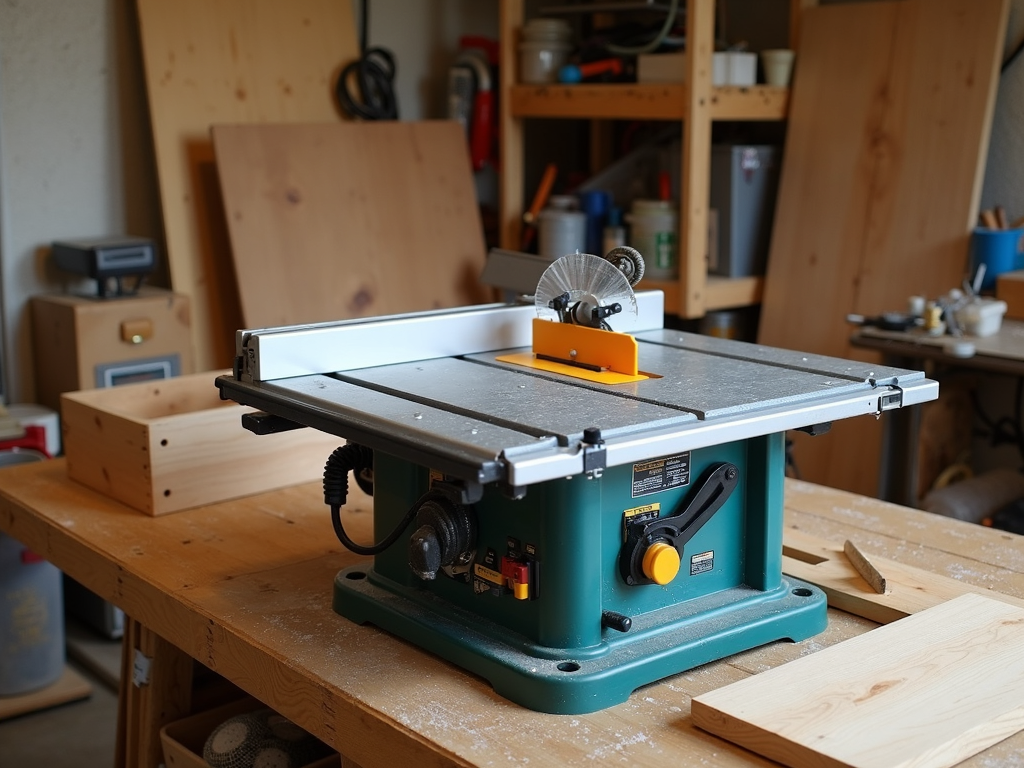
Key Features to Check Before You Buy
The right features make a table saw work for you. Here’s what to look for:
Motor Power
A motor with 1.5 to 2 horsepower handles most home projects. I cut oak with a 1.75-horsepower saw once—no problem. For tougher jobs, go higher.
Blade Size
Most saws use 10-inch blades, cutting up to 3 inches deep. That’s enough for most tasks I’ve done, like shelves or frames.
Rip Capacity
Rip capacity is how wide a board you can cut. I find 24 to 30 inches works for my furniture projects. More is better if you go big.
Fence System
A solid fence keeps cuts straight. I’ve wrestled with cheap fences that slip—spend a little more for one that locks tight and adjusts easily.
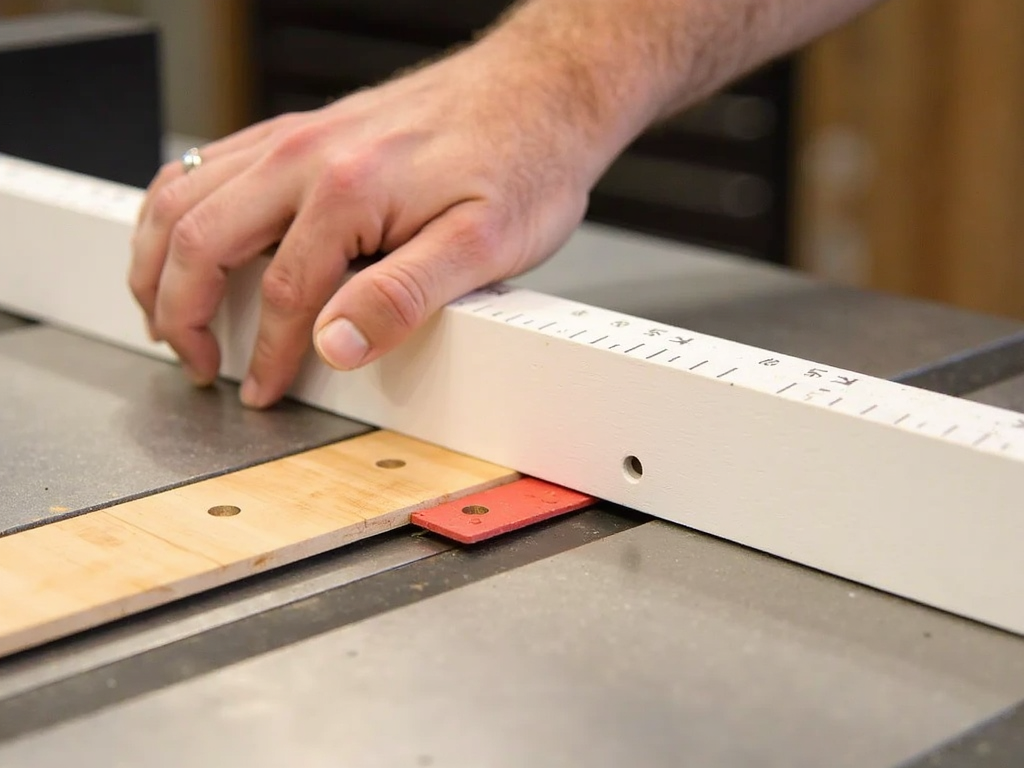
Safety Features You Can’t Skip
Table saws can be risky without the right safety gear. Here’s what I always check:
Blade Guard
This covers the blade when it’s idle. I used to skip it, but after a close call, I never do now.
Riving Knife
A riving knife stops wood from pinching the blade and kicking back. It’s saved me from a few scares.
Anti-Kickback Pawls
These grip the wood to stop it flying back. I’ve felt them catch a piece—it’s a small feature that makes a big difference.
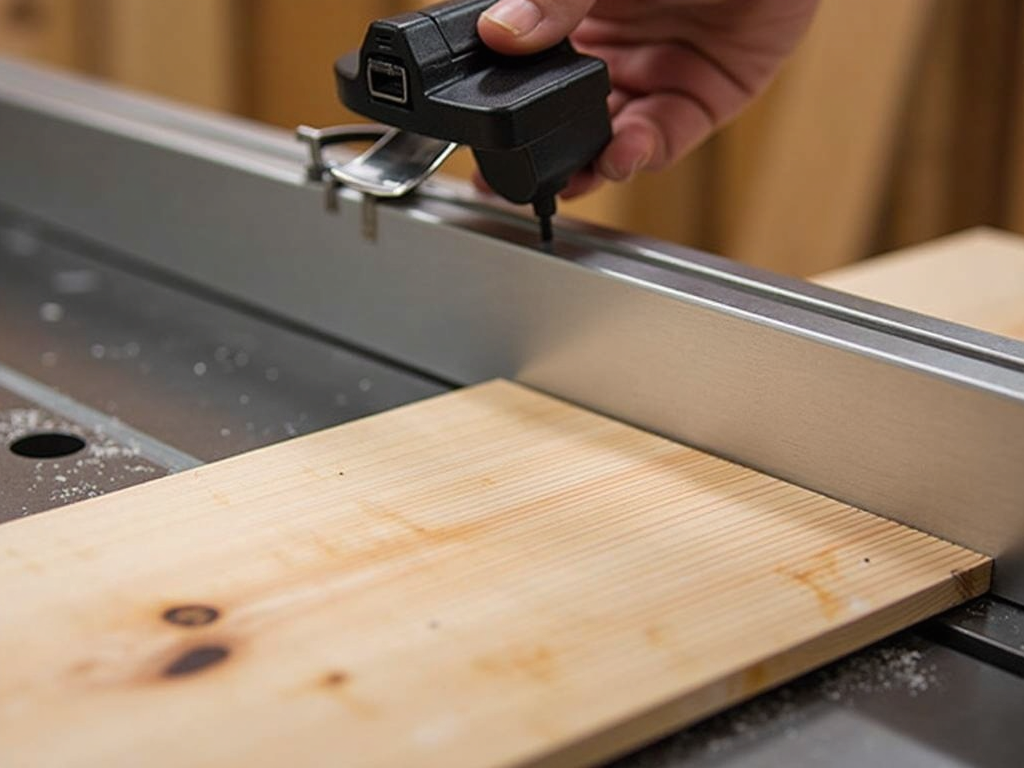
Advanced Safety Mechanisms: A Game Changer
Some table saws have high-tech safety, like flesh-sensing tech. SawStop, for example, stops the blade if it touches skin—fast enough to save a finger. I saw it demoed once; it’s incredible. These saws cost more, but for peace of mind, especially with kids around, they’re worth it.
Picking the Right Table Saw for You
So, how do you choose? Think about these:
Your Projects
Small stuff like boxes? A benchtop saw does it. Bigger builds like tables? Go contractor or cabinet.
Your Budget
Saws range from $200 to over $2,000. I started with a $300 benchtop—good enough to learn on. Set a limit and get the best you can.
Your Space
Got a small shop? Benchtop fits. Big garage? Cabinet saws shine. I measured twice before buying mine—don’t skip that step.
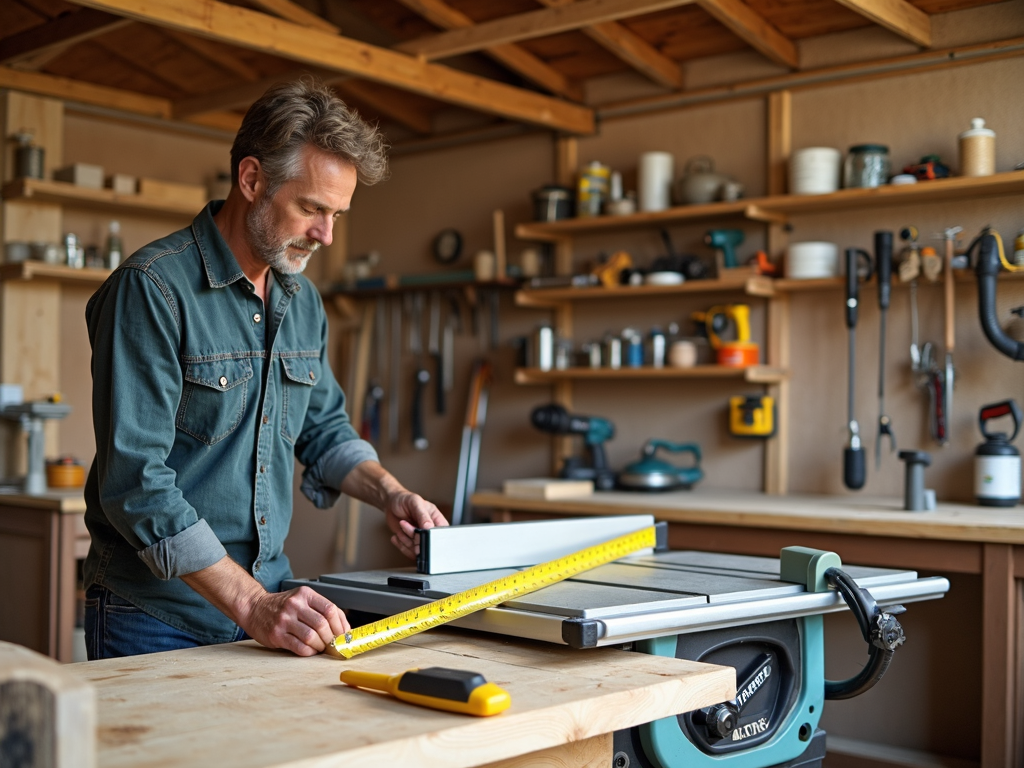
Beginner Tips to Get Started Right
New to table saws? Here’s what helped me:
- Start Small: A benchtop saw is less intimidating and cheaper. I learned the ropes on one.
- Learn First: Watch videos or take a class. I took a weekend course—best $50 I spent.
- Practice: Cut scrap wood first. I messed up a lot of pine before touching my project wood.
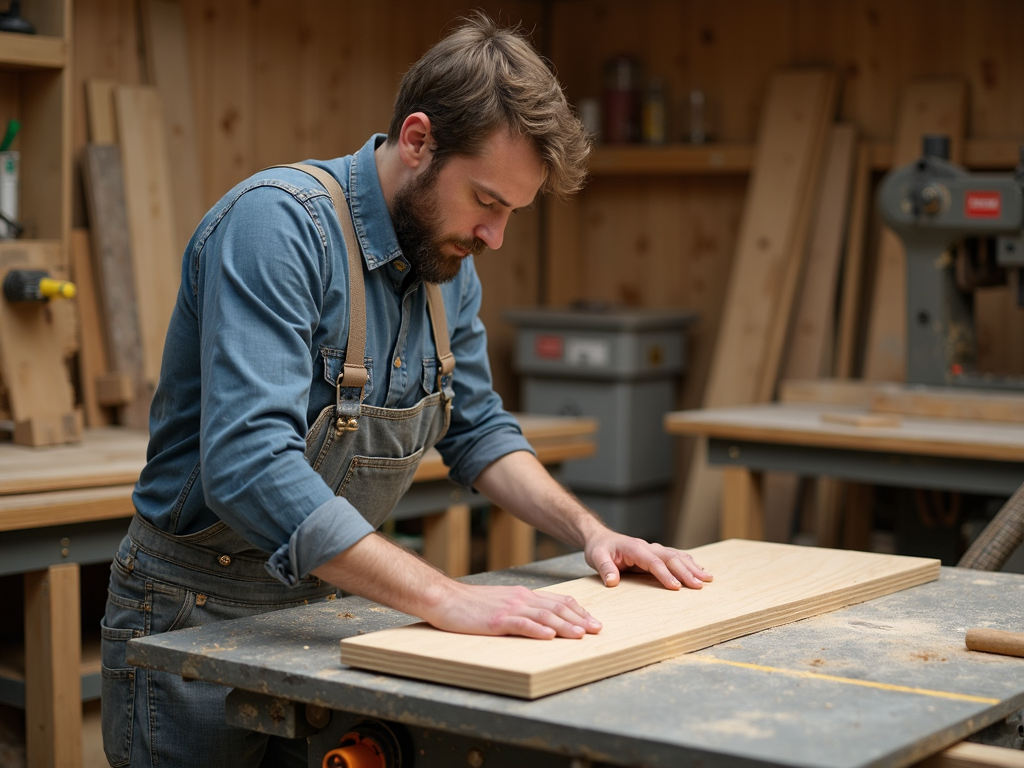
Wrapping Up: Find Your Perfect Fit
How to Pick the Perfect Table Saw comes down to knowing what you need. Match the type, features, and safety to your projects and budget. I’ve gone from a shaky beginner to a confident builder with the right saw. You can too—start simple, stay safe, and enjoy the process.
Related How to Pick the Perfect Table Saw:
- Top 10 Essential Tools Every Workman Should Own: A Comprehensive Guide
- DIY Painting Hacks for Perfect Results
- Torque Wrench Basics: Why Every DIYer Needs One
- 10 Clever Workshop Storage Ideas: Organize Your Workshop Efficiently
- Essential Workman Tools for Automotive Repairs: A Comprehensive Guide
- How to Maintain Your Car's Engine for Longevity: A Comprehensive Guide
- Top 10 Rotary Tool Attachments for Every Project
- How to Maintain Your Power Washer for Longevity
- Screwdriver Safety Tips: A Comprehensive Guide for Safe Use
- Best Apps for Staying Focused: A Comprehensive Guide
- Ergonomic Tools: Why They Matter
- Understanding Torque: Essentials for Every Mechanic
